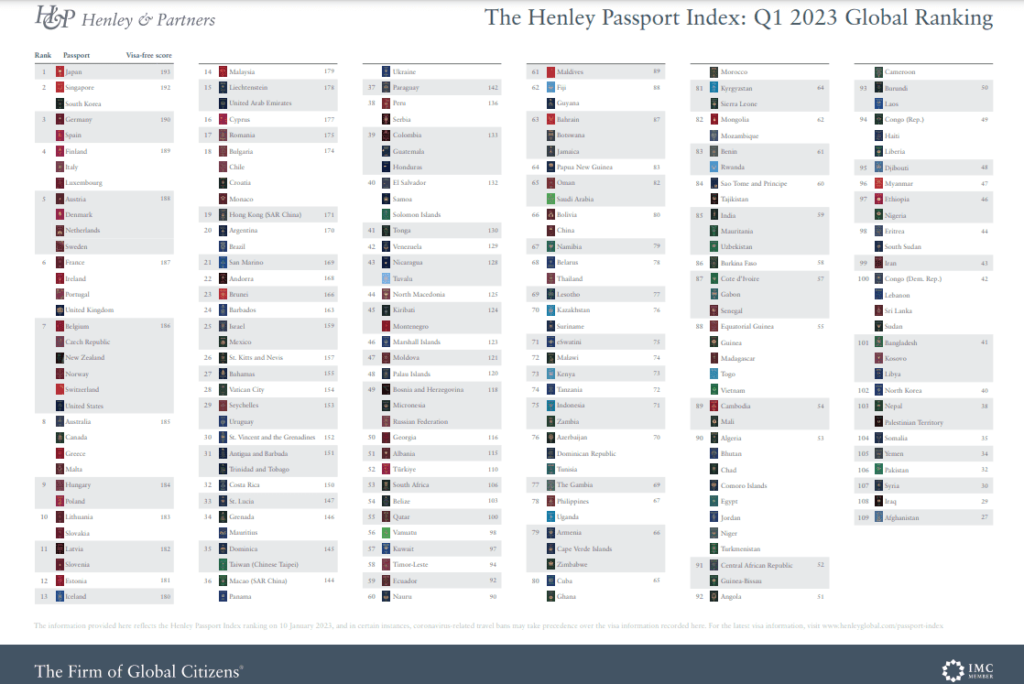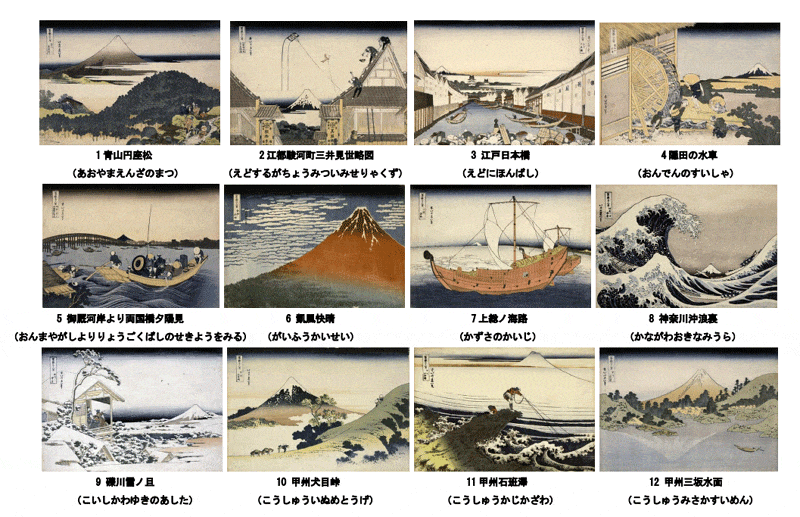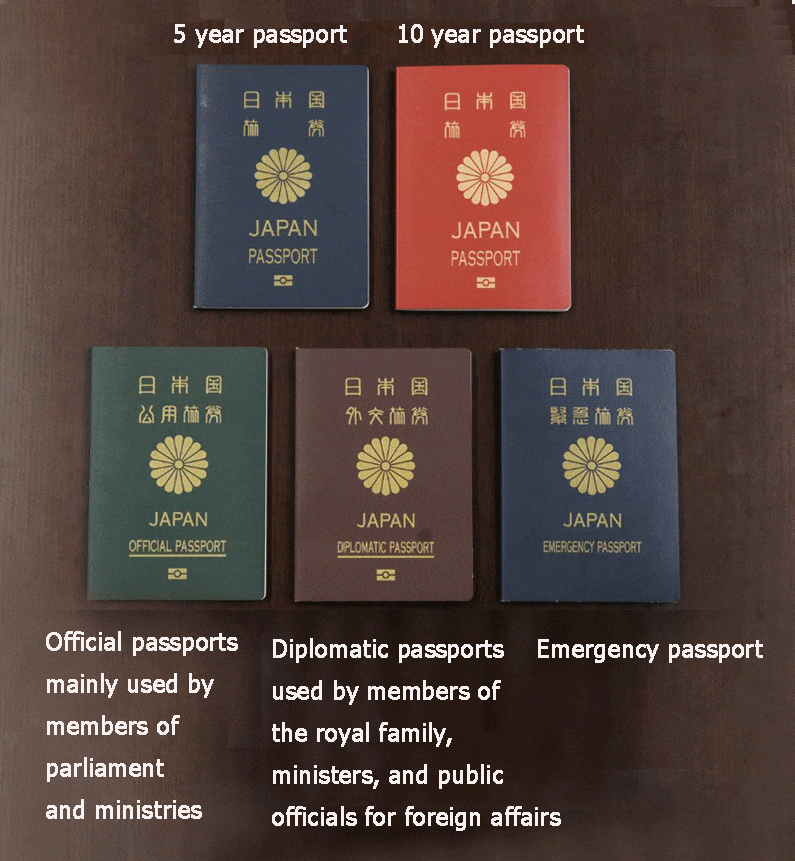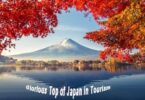Contents
- Japan passport continues to dominate the Henley Passport Index of the 2023 power rankings for Fifth Consecutive Year
- Why Japan Passport is the Strongest in the World
- Hokusai Katsushika’s “Fugaku Sanjurokkei” (Thirty-six views of Mt. Fuji), adopted as a security measure
- Japan’s first passport was created in the Edo period(1603~1868)
- This strength should be used for world peace and economic growth
Japan passport continues to dominate the Henley Passport Index of the 2023 power rankings for Fifth Consecutive Year
A ‘powerful passport’, for those not knowing, basically means one that can get you pretty much wherever you want.
The more countries you can enter without needing a visa, the stronger of the passport is.
The ranking uses data from the International Air Transport Association, ranking passports based on the number of countries they can be used to visit visa-free.
Since the text above is small and very difficult to read, the top 30 rankings are listed below、with the number of visa-free countries each passport will get you into:

followed by
France, Ireland, Portugal, UK, 187
Belgium, Czech Republic, New Zealand, Norway, Switzerland, USA, 186
Australia, Canada, Greece, Malta, 185
Hungary, Poland, 184
Lithuania, Slovakia, 183
And top of the index right now is, Japan Passport! Surprise, surprise. The country has long been near the very top of the ranking, with its passports allowing citizens to visit a whopping 193 countries without requiring a visa.
The weakest passport, once again, is Afghanistan. Afghan people can only visit 27 countries without the need for a visa. Iraqi and Syrian passports rank similarly low.
Why Japan Passport is the Strongest in the World
We asked a representative of the Ministry of Foreign Affairs, which has jurisdiction over passports saying there are two big reasons to it.
They say one is there is confidence in the high level of security of passports. In addition, there are few cases of illegal stays or crimes committed by Japanese abroad.
Also, there is a high expectation from the destination country that Japanese people are welcome in terms of business and tourism,” says.
The reason why Japan Passport is the strongest. It seems to be because of the high level of trust in Japan, besides the Japanese are generally kind and disciplined.
That being said, Japanese people are noted for the way they clean up venues after sports games abroad and for their good manners in accommodations and restaurants.
In addition to this, foreigners are surprised at the accuracy of Japanese train schedules, which may give them a sense of the sincerity of the Japanese people.
The accumulation of such trust may be the reason for the “world’s strongest passport,” which allows travel to many countries without a visa.
Another is the passport has also been redesigned for the first time in 28 years, since 1992, as a major redesign of the visa section.
The beautiful design and functionality of the passport, which features Hokusai Katsushika’s ukiyoe(Japanese woodblock prints) “Fugaku Sanjurokkei” (Thirty-six views of Mt. Fuji).
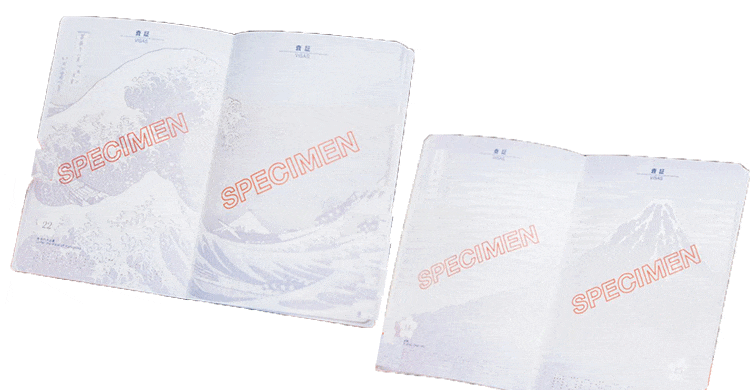
Hokusai Katsushika’s “Fugaku Sanjurokkei” (Thirty-six views of Mt. Fuji), adopted as a security measure
The newest addition is the visa page in the passport. For the first time, a work of art has been included here.
There are 46 works of Hokusai Katsushika’s “Fugaku Sanjurokkei”, of which 16 are used for the 5-year passport and 24 are used for the 10-year passport, basically in alphabetical order.
36 views of Mt. Fugaku to be used for the basic design
According to a Foreign Ministry official, the reason for introducing the “Fugaku Sanjurokkei (Thirty-six views of Mt. Fuji)” was to prevent counterfeiting before the design.
Rather than simple designs such as numbers, it is better to create a work of art with complexity, so that it is more difficult to be read illegally or to be falsely altered.
The passport also incorporates a variety of other special technologies. The National Printing Bureau, which makes banknotes, is in charge of manufacturing the paper, which, like the banknotes, uses special technology manufactured by the National Printing Bureau.
The 2020 passport is also more precise, with enhanced functions to prevent unauthorized reading of personal information in the IC, etc.
The security of the 2013 passport should have been strong enough, but this high level of reliability is what makes the Japan passport the “strongest in the world.
This high level of reliability may be the reason why the Japanese passport is the “world’s strongest.
Japan’s first passport was created in the Edo period(1603~1868)
How has the Japanese passport evolved so far?
The first overseas travel document, which is equivalent to a modern-day passport, was issued in 1866, at the end of the Edo period.
The first person to obtain a passport was Sumidagawa Nami Goro, who led the acrobatic troupe “Nippon Teikoku Ichiza” to the World Exposition in Paris, 1889.
At that time, photographs were not widely available, so physiognomy and other characteristics were described in writing.
Passports of the time were shaped like an award certificate, and in addition to age and height, the person’s features were described in items such as eyes, nose, and mouth …….”
After that, through the Meiji Restoration, the Overseas Passport Regulations were enacted on February 20, 1878.
Since the word ‘passport’ was used in the law for the first time, February 20 is designated as ‘Passport Day’ every year.
The prototype of the current passport was created in 1926. The certificate type was changed to the current booklet type, and the chrysanthemum emblem was added to the cover,” says.
However, in 1939, World War II broke out. Japanese were banned from traveling overseas, and even after the war ended, they could not travel overseas without permission from GHQ.
The ban was lifted only after the San Francisco Peace Treaty was signed in 1951. The foundation of today’s passport law was also laid here, but in the immediate postwar period, few Japanese went abroad because foreign currency was not available.
This strength should be used for world peace and economic growth
Finally, aside from the issue of whether it’s many or few, from being out of every four Japanese people having their passport, I think we should make the best use of this advantage for the world peace, the economic advancement.
The GDP (Gross Domestic Product) of countries and regions whose cities can be visited visa-free with a Japanese passport totals 98% of the world’s total.
In contrast, 68% of the world’s GDP is accessible visa-free with a U.S. passport, and 26% of the world’s GDP is accessible visa-free in China. Japan’s share of world GDP is 5%.
The U.S. and China account for 25% and 19%, respectively. Against this backdrop, Jeff D. Opdyke, financial writer and global investment expert, wrote in his presentation, “A ‘strong’ passport means not only greater freedom of movement, but also greater economic freedom in terms of investment and entrepreneurial opportunities.
Thanks for visiting here.


